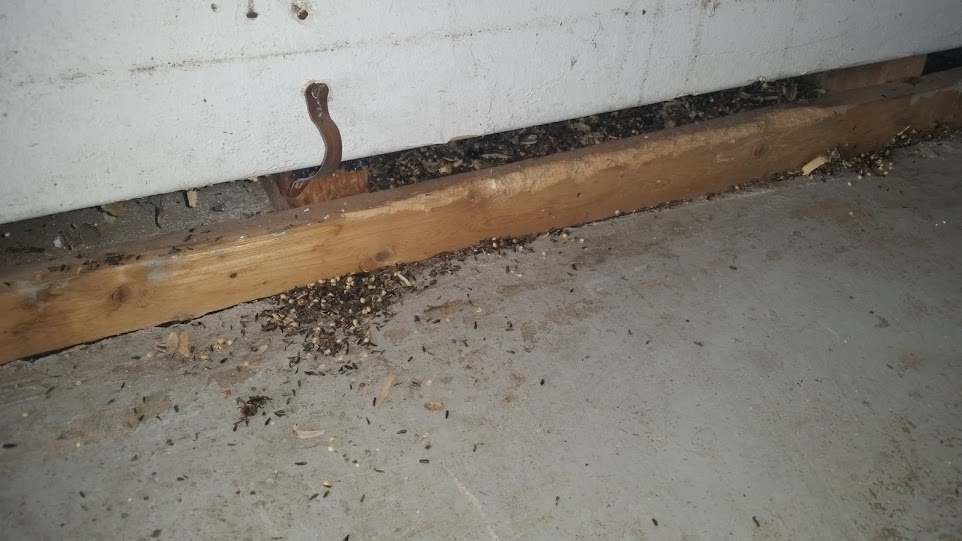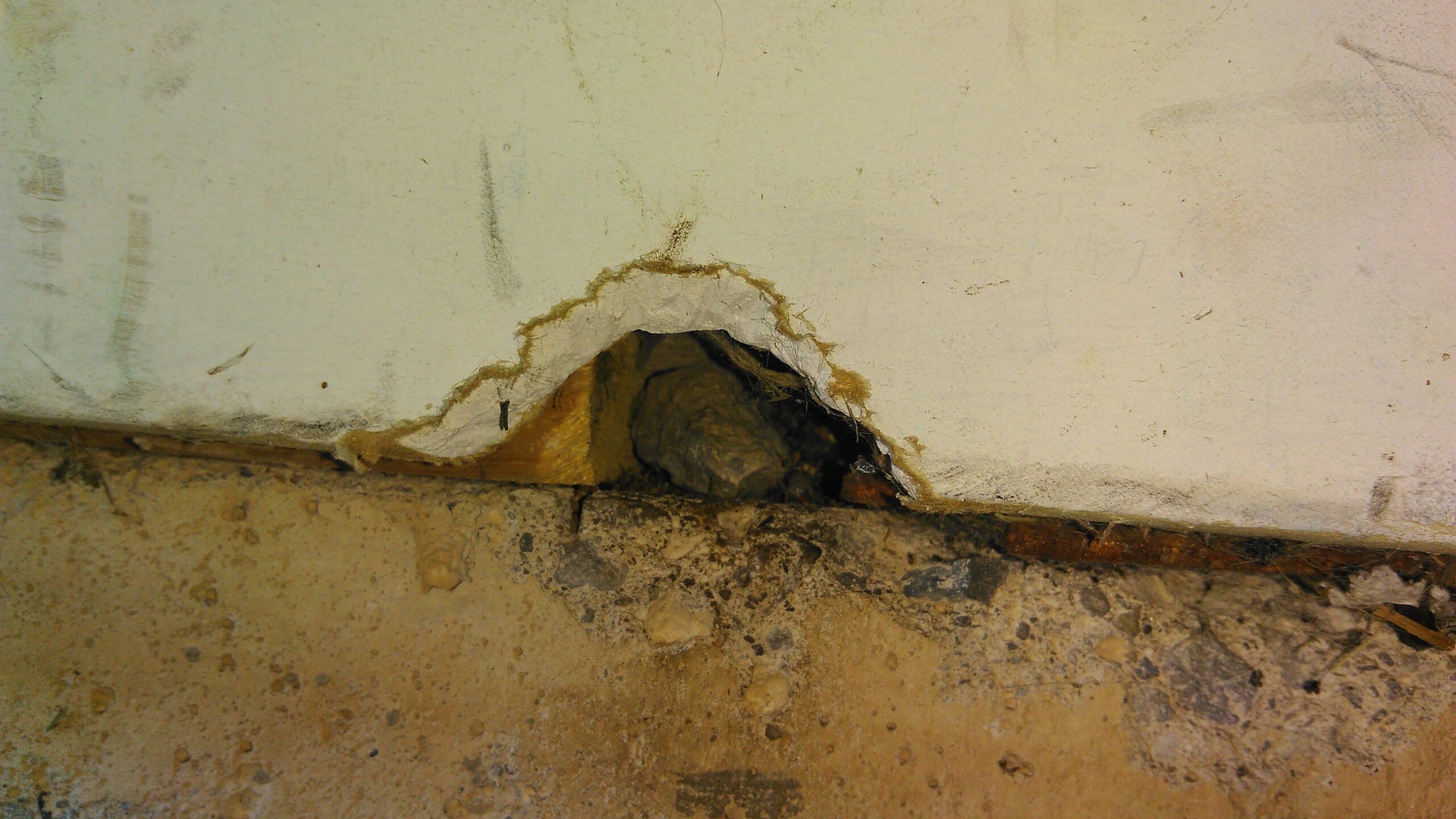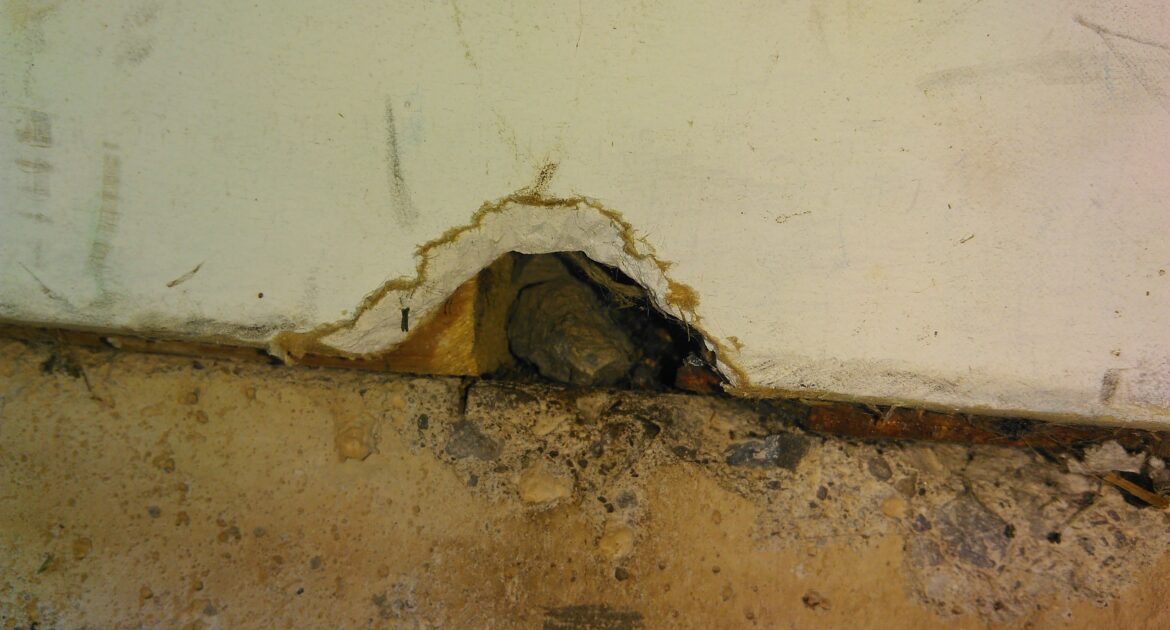The recent summer heatwave across North America has affected animals just as much as people. Like human beings, other animals, including mice, can suffer from the heat. If it gets too hot, mice can die.
How hot is too hot for a mouse? What do mice do to try to beat the heat, and how does all this affect human beings?
How Hot Can It Get Before Mice Are in Danger?
People who keep mice as pets report that the ideal temperature range for a mouse environment is between 64 and 79 degrees Fahrenheit. Anything higher than that is getting them into the danger zone. If the temperature reaches about 98 degrees Fahrenheit (37 degrees Celsius), the mice can become dehydrated, experience heat related illness, and die.
Humidity also factors into how habitable an environment is for a mouse, with 30% to 70% humidity being within a tolerable range. Theoretically, this means that a lower temperature with a higher humidity would be less tolerable for a mouse than the same temperature with a lower humidity. However, mice would be unlikely to survive at temperatures that are hazardous for them even if the humidity was low.
Why Do Mice Have Lower Heat Tolerances Than Humans?
While human beings are also susceptible to heat illnesses that can sometimes lead to death, we are able to tolerate higher temperatures than mice can. The reason is that human beings are much larger than mice. The heat that warm-blooded animals, including humans and mice, generate to regulate body temperature is proportional to their mass, while heat loss is proportional to body surface area. Human beings have greater mass compared to surface area and so generate more heat than is lost. Mice lose body heat more quickly than humans because they have a smaller mass relative to their surface area.

What Do Mice Do To Protect Themselves From the Heat?
During the summer, everything that mice need is available to them outdoors: food, water, warmth, and shelter. However, when the weather becomes too hot for mice to handle, they move indoors seeking the cool areas of our homes to avoid the heat and humidity.
Mice instinctively change their behaviours when circumstances warrant. When temperatures outside start to climb above the level that they can tolerate, they seek cooler areas that provide relief from the oppressive heat. If the only place where they can find shelter is inside a human dwelling, then that is where they will go. Basements, and wall cavities within air conditioned homes provide the perfect temperature for mice to thrive, and breed.
How Can You Avoid Mouse Problems in the Summer?
In order to keep your home safe year round, you should check around your house for holes in the exterior. Mice can squeeze into unbelievably small spaces, so be sure to look for very small holes and close them up if you find any. If you leave doors and windows open during the nice weather, that is another way that mice can get inside. A screen may deter them temporarily, but mice have very sharp teeth and should be able to chew holes in the screen without much difficulty.
Summer is when mice usually breed, so it is especially important to try to prevent them from getting into your house in the first place and to call for professional mice removal if they do get in. It’s also important to be diligent about checking your home for signs of wildlife activity throughout the year, not simply before winter arrives.
Call Skedaddle for Wildlife Control
Skedaddle Humane Wildlife Control removes mice and other wild animals from your home without harming them, removing them so they can live outside where they belong. We also take steps to decontaminate your space and prevent them from getting back in. Contact us for more information.




